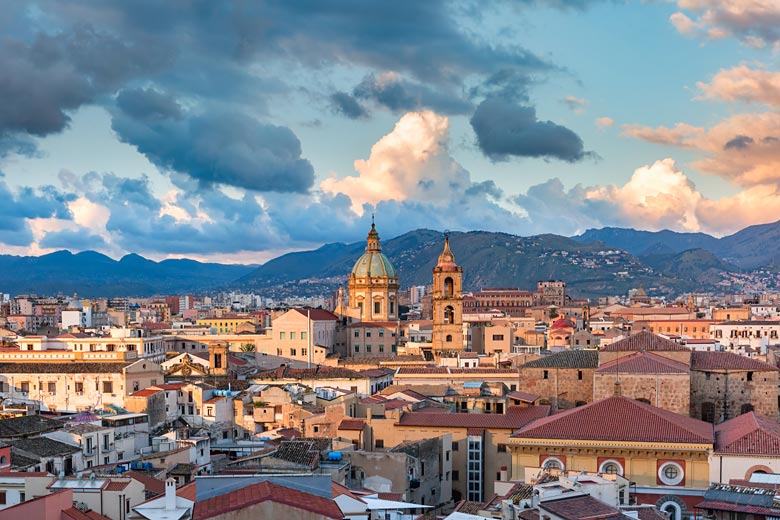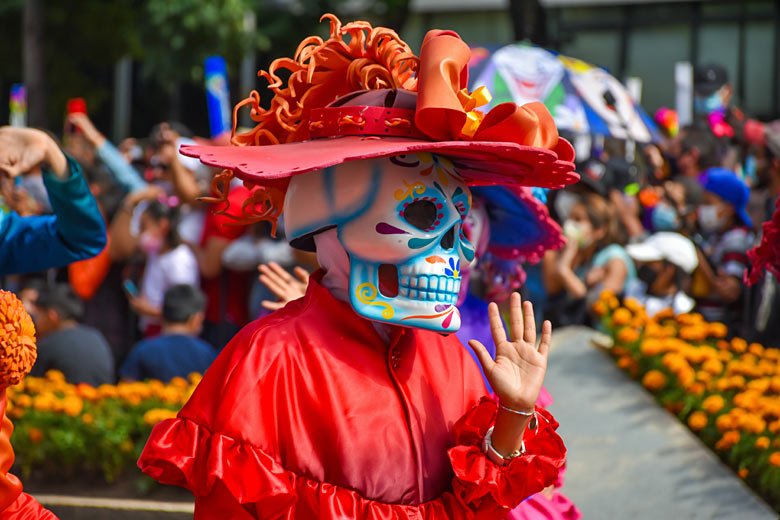A first timer's guide to New Orleans
New Orleans* wrote the book on how to party, yet it's equally jam-packed with tempting eateries as it is with eye-opening, historic highlights.
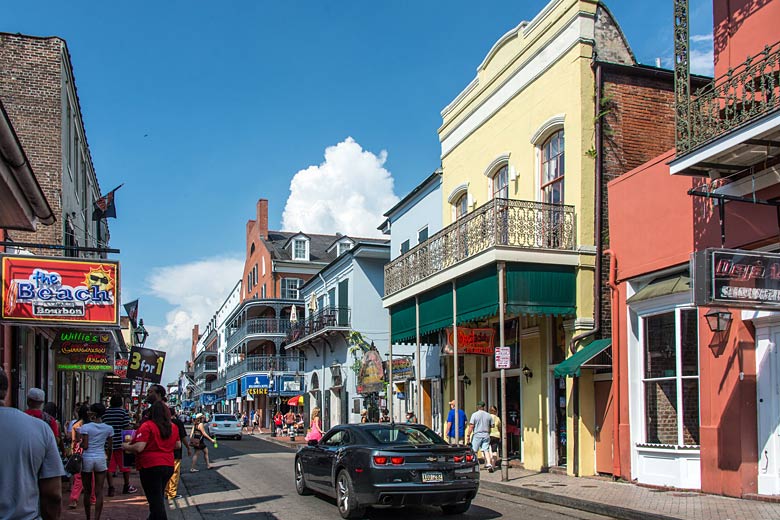
Here, we look at all the vital information you need to plan your adventure to the 'the Big Easy', and make the most of this fervently fun and flavoursome city.
Getting to New Orleans: check out the latest offers on direct flights to New Orleans with British Airways*. Flight depart from London Heathrow and take around 10 hours.
Introducing New Orleans
New Orleans sits at the mouth of the Mississippi and Lake Pontchartrain in southeastern Louisiana. Affectionately referred to as 'The Crescent City' (so-called thanks to the curving route of the river through New Orleans), it was the state's largest principality before Hurricane Katrina wreaked havoc in 2005, leaving it in third place behind Jefferson and East Baton Rouge.
While it's still home to one of the largest and busiest ports in the world, it's perhaps better known for its eclectic cultural offerings.
Why go?
World-beating culinary prowess, an explosive live music scene, a heady brew of cultures (Creole, French, Spanish, Afro-Caribbean, Cajun and Mardi Gras Indian), and centuries of fascinating history all combine to make New Orleans an essential pitstop on any US itinerary worth its succotash.
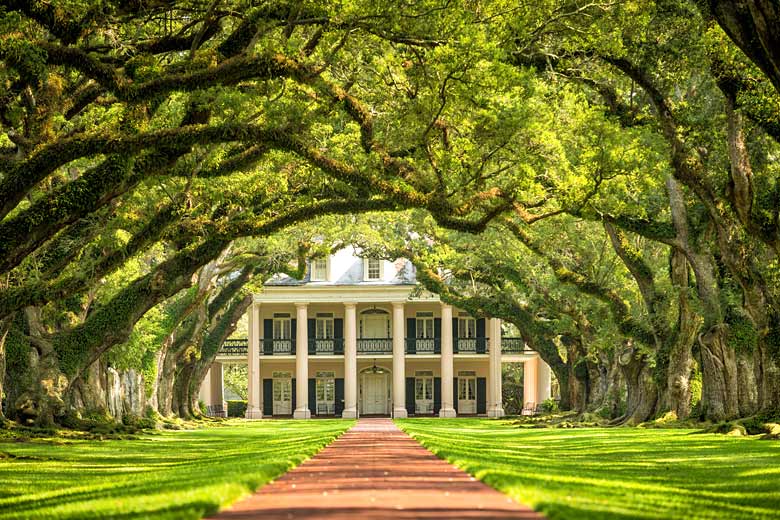
Plus, it's a bona fide liberal enclave in an otherwise staunchly conservative south. New Orleans remains a fiercely unique destination that needs to be experienced. So grab that 'go-cup' (literally your drink to go), don your prettiest beads, and get ready to 'let the good times roll'.
Eat like a king
New Orleans' extraordinarily rich food scene is reason enough to visit. It frequently tops lists of America's best foodie cities, due to the sheer variety and abundance of its larder.
Diets get short shrift in a city where shrimp po'boys routinely rub shoulders with sugary beignets, juicy jambalaya, and sumptuous oysters Rockefeller, to name just a handful of local staples.
Shake it like a Frenchman
Reputedly 'the First City of Jazz', New Orleans still offers an unrivalled immersion to its joyous, uplifting brass-heavy sound. In the French Quarter, 'When the Saints Go Marching In' seems to reverberate on a constant loop, and brass bands congregate on practically every street corner.
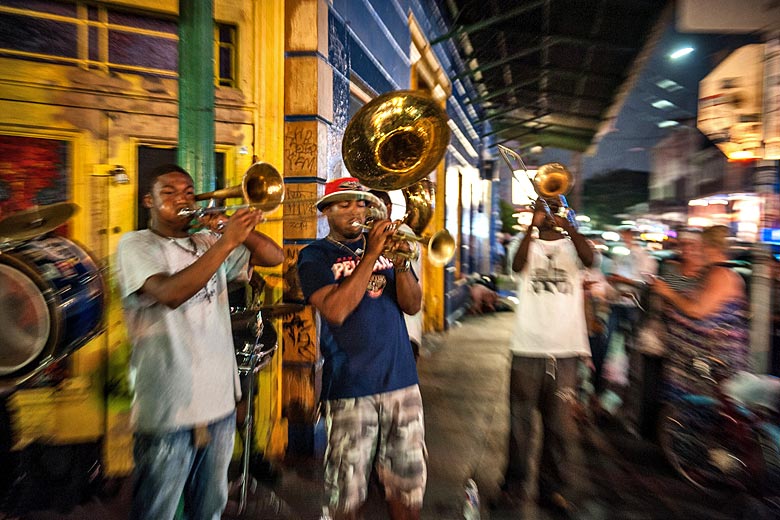
Hit up Frenchmen Street for the best music bars, many of which blast it out into the wee small hours with no entry fee. Frenchmen Street also hosts a lively art and bric-a-brac market that's open after dark.
Marvel at the architecture
There's just so much jaw-droppingly beautiful architecture everywhere in New Orleans it's almost impossible to miss it, but the houses in the Faubourg Marigny and Bywater districts are especially stunning and colourful.
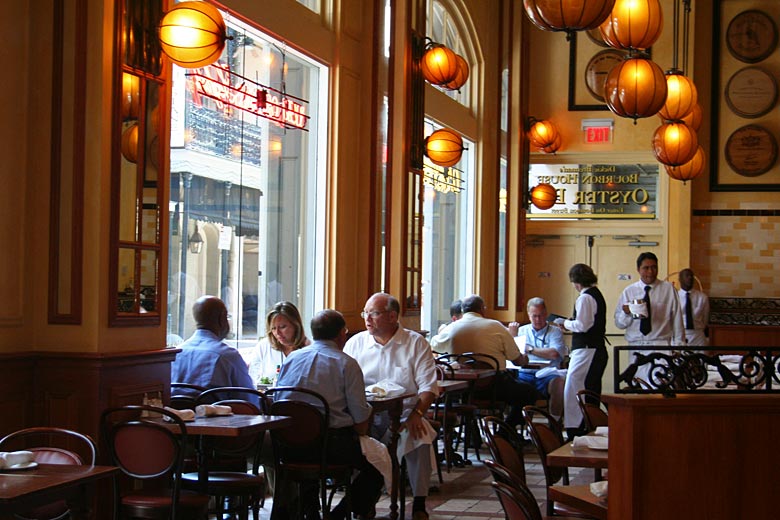
Slug a Sazerac or two
The city's legendary reputation as an unabashed party town needs no introduction of course, but you probably owe it to yourself to sample its heady charms first-hand, for research purposes.
>merica's oldest cocktail, the potent Sazerac, is thought to have been invented here, and there can be few finer places to sample one than the Carousel Bar in the Hotel Monteleone, which gently revolves to help further enhance its dizzying effects.
Hail a historic streetcar
New Orleans' handsome vintage streetcars are not only one of the city's defining icons, they're also the easiest way to get around and take in all the sights.
Tennessee Williams' famous play A Streetcar Named Desire was actually named after the former Desire Street Line, just one of the aspects of New Orleans that inspired the writer to refer to it as his 'spiritual home'.
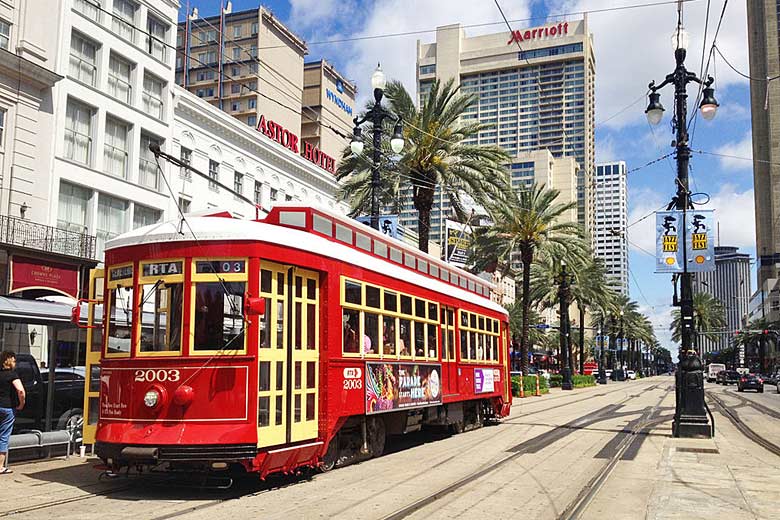
Take the green St Charles Avenue Line to the Garden District and glide past rows of grand antebellum homes shaded by oak and Spanish moss trees.
Jump off at Audubon Park to watch the black-bellied whistling ducks while you cool off with a sno-ball. You might also want to take the Cemetery Line to visit the 'cities of the dead', and witness some of the extraordinary shrines and voodoo iconography.
Get down in the Treme
It's well worth visiting Treme, just north of Armstrong Park. Treme is North America's oldest African American neighbourhood (dating back to 1794), which provided the setting for David Simon's HBO drama series of the same name, about a group of musicians and chefs piecing their lives and community back together in the wake of Katrina.
Be sure to drop into the Backstreet Cultural Museum, which authentically chronicles the fascinating history of jazz funerals, the Mardi Gras Indians, and their culture.
When to go to New Orleans
Early February is a very popular time to visit New Orleans, thanks to the enduring appeal of Mardi Gras with its raucous street parades, extravagant carnival floats, ostentatiously dressed Mardi Gras Indians, and the Second Line Jazz parades.
While you can witness these, and even join in, at other times of the year, they're usually reserved for funeral processions, so there is a certain etiquette to follow.
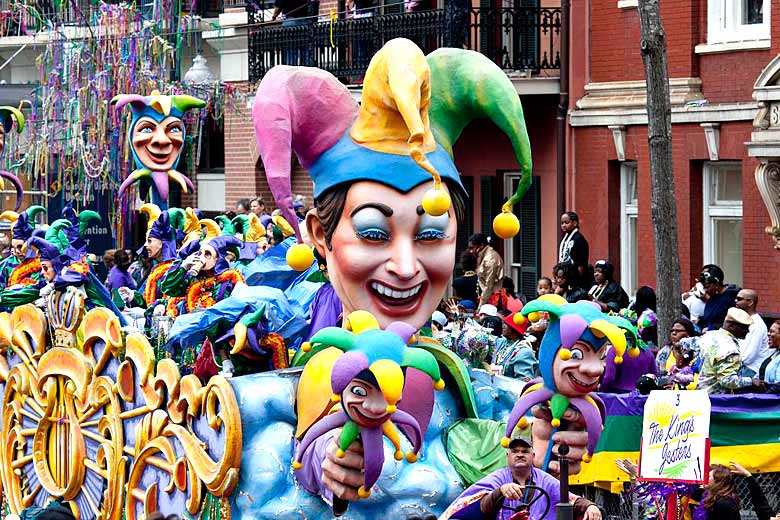
Late April is only marginally less busy when the Jazz & Heritage Festival (commonly known as Jazz Fest) comes to town.
Like many jazz festivals these days, its remit is impressively wide-ranging, taking in everyone over the years from local luminaries such as Dr John, Fats Domino, and Duke Ellington, to the likes of Bob Dylan, Aretha Franklin and Paul Simon. Outside of these times, all months are equal, as there's never any shortage of energising entertainment to be had.
Weather in New Orleans
| Jan | Feb | Mar | Apr | May | Jun | Jul | Aug | Sep | Oct | Nov | Dec | |
|---|---|---|---|---|---|---|---|---|---|---|---|---|
| Maximum daytime temperature °C |  16 16 |
 18 18 |
 22 22 |
 26 26 |
 29 29 |
 32 32 |
 33 33 |
 32 32 |
 30 30 |
 27 27 |
 22 22 |
 18 18 |
| Hours of sunshine (daily) | ||||||||||||
| Days with some rainfall |  10 10 |
 9 9 |
 9 9 |
 7 7 |
 8 8 |
 11 11 |
 14 14 |
 14 14 |
 10 10 |
 5 5 |
 8 8 |
 10 10 |
Weather-wise, New Orleans has a typically southern-US climate, with cool, but not cold, winters, and hot and sticky summers. While daytime temperatures rarely drop below an average of 16°C in January, they soar to an average of 33°C in July.
It's a sunny city, with December and January still enjoying around five hours per day (compared with one hour per day in the UK at the same time). Without a doubt, the best time to go is in April and May, handy given the timing of popular events mentioned above.
You can find out more about the weather in New Orleans in our complete guide.
Ready to book your seats? Check out the latest offers on flights with British Airways.
More about New Orleans
New Orleans by month
Jan Feb Mar Apr May Jun Jul Aug Sep Oct Nov Dec
Explore holiday destinations
- Beach holidays
- City breaks
- Family holidays
- Half term holidays
- Spring holidays
- Summer holidays
- Autumn holidays
- Winter sun holidays
- Honeymoons
- Coolcations
- Compare places
- Ski resorts
Save with latest deals & discounts
- Holiday offers
- Top travel brands
- Airlines & flights
- Discount hotels
- TUI
- Jet2holidays
- Neilson
- Marella Cruises
- Pierre & Vacances
- Caledonian Travel
- Club Med
- January sales
Airport parking
- Manchester Airport
- Stansted Airport
- Bristol Airport
- Luton Airport
- Birmingham Airport
- Edinburgh Airport
- Gatwick Airport
- Glasgow Airport
- Newcastle Airport
Airport lounges
- Manchester Airport
- Birmingham Airport
- Bristol Airport
- Edinburgh Airport
- Glasgow Airport
- Heathrow Airport
- Newcastle Airport
- Stansted Airport
- Gatwick Airport
Be inspired
Get your weekly fix of holiday inspiration from some of the world's best travel writers plus save on your next trip with the latest exclusive offers
We promise not to share your details















